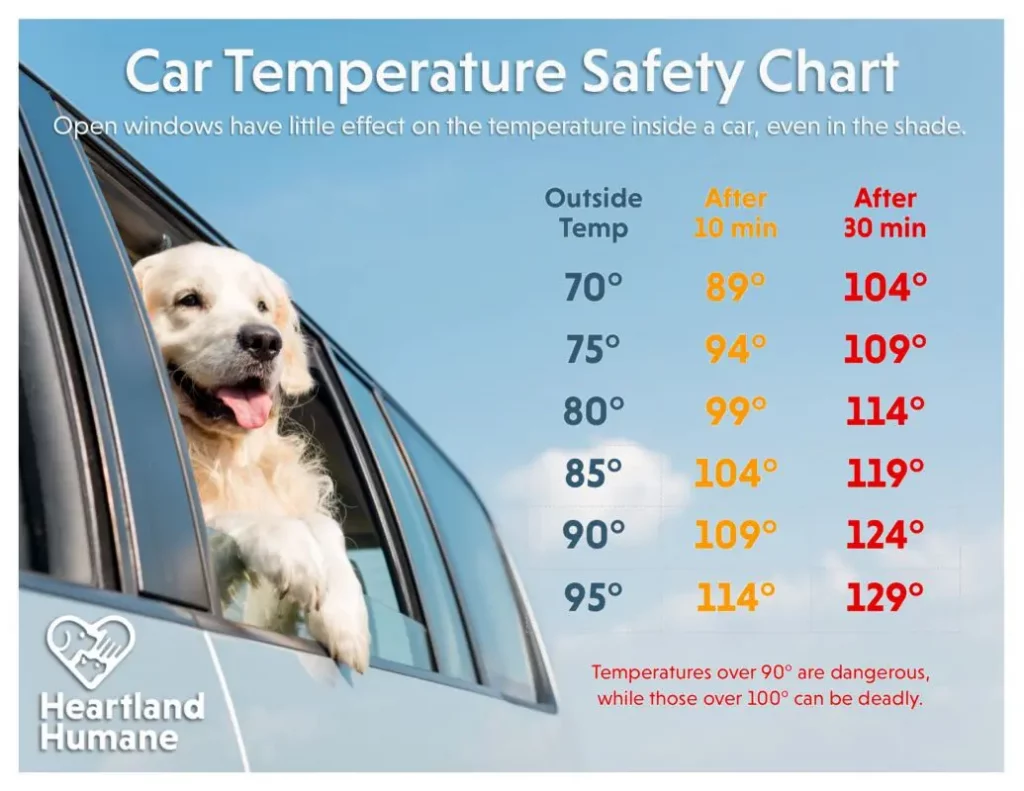 While it may not feel like it recently, summer is rolling in, and that means it’s going to get hot.
While it may not feel like it recently, summer is rolling in, and that means it’s going to get hot.
With that in mind, it’s important to know how to properly take care of your pets, know the signs of heat stroke, recognize when it’s too hot for your pets to be outside or in a car, and be mindful of their needs.
The golden rule of pet parenthood – and for that matter, all parenthood – is that if you’re hungry, tired, too hot, or too cold, they probably are as well. But with pets, it’s also vital to remember that they can’t communicate with us; sometimes we have to know what’s best for them, even if they don’t.
According to Heartland Humane, one of the most important things to remember is that a cracked window in your car on a hot day means very little to your pet. Within thirty minutes with or without an open window, the internal temperature of your car can rise as much as 30+ °F.
Anything above 90 °F is dangerous for your pets, and anything beyond 100 °F is an immediate cause for concern.
But sometimes we can’t control the heat, and it can get beyond any reasonable control. That’s why we need to know what heat stroke looks like, what to do about it, and when to avoid sunlight with your furry friend.
The symptoms of heat stroke include:
- Difficulty breathing
- Lethargy
- Heavy panting
- Unsteadiness
- Excessive or abnormal drooling
- Vomiting and diarrhea
- Bright red, dark red, or purple gums and tongue that is different from normal – you’re looking for a change in appearance here
If it’s above 90 °F, avoid walking in direct sunlight with your pets when possible, walk under shade whenever it’s available, and feel asphalt and concrete before allowing your pets to walk on it – after all, would you want to walk on that hot, hard surface in bare feet?
Heated concrete and asphalt can severely burn your pets’ feet. The best way to test this is to place sensitive skin, such as that on your wrist, on the pavement – if you get burnt, they will, too.
Always bring water and a small bowl on walks, and if you recognize the signs of heat stroke in your dog, give them water, get them to shade, and call your vet – heatstroke can happen in as little as fifteen minutes.
If you see an animal in a dangerously hot vehicle, do your utmost to find the owner. If unsuccessful, call 911 or a non-emergency animal control number. For Corvallis, call 541-766-6924; for Benton County, call 541-766-6858.
After contacting the authorities and being instructed to do so, Oregon is one of several states that allows citizens and law enforcement to break a car window to “remove [a] child or domestic animal in imminent danger of suffering harm.”
Those numbers again:
- Corvallis: (541) 766-6924
- Benton County: (541) 766-6858
By Ethan Hauck
Do you have a story for The Advocate? Email editor@corvallisadvocate.com


